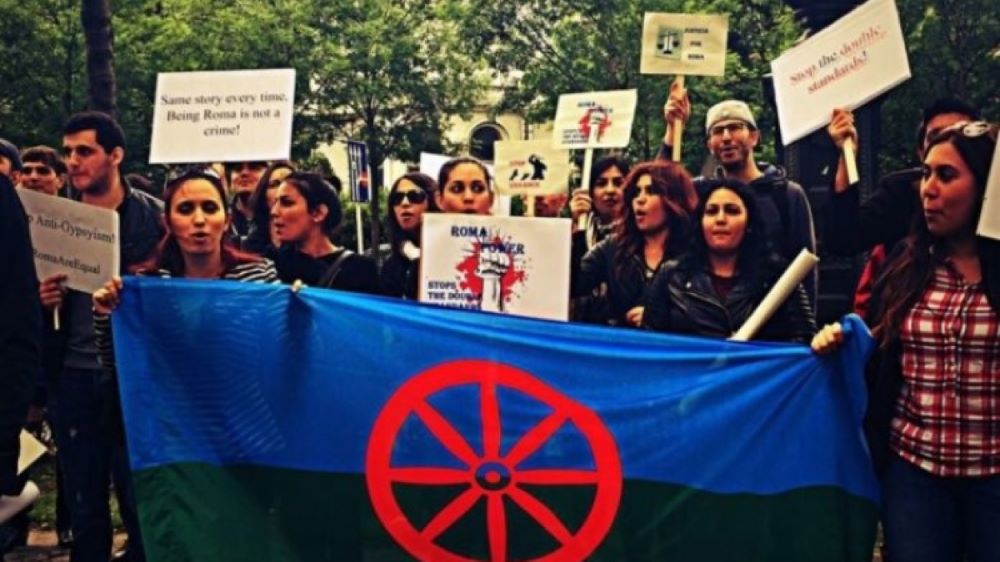The case of police brutality in Bitola, when three Roma were attacked by police officers, has also received a great public attention. The event has yet to end in court, and in the meantime tensions between non-Roma and Roma in the country have risen.

Elvis Shaqiri
The global pandemic has changed the daily functioning, and for some of the Roma people it has deepened the challenges and pointed out the systemic problems that the Roma have been facing for the last 20 years. The first challenge that got noticed was the return of Roma musicians from abroad in mid-March 2020, when members of the Ministry of Interior in a discriminatory act decided to place nine Roma musicians in state quarantine with poor hygiene conditions, and allowed three hundred non-Roma passengers to isolate themselves in their own home. With pressure from AVAYA and other organizations, the group of musicians were relocated and isolated in another place.
The case of police brutality in Bitola, when three Roma were attacked by police officers, has also received a great public attention. The event has yet to end in court, and in the meantime tensions between non-Roma and Roma in the country have risen, especially hate speech on social media. Increased hate speech and discrimination against Roma was also noted in Kocani, where a 10-year-old Roma child was physically assaulted by individuals who had taken justice into their own hands. The case prompted non-Roma to support the perpetrators with a proposal for patrols in Roma settlements. Like the previous one, this event still does not have a legal solution, which indicates that the Roma have a hard time getting justice.
In addition to cases of violence and discriminatory treatment and display, the pandemic has caused a greater gap among Roma students who do not attend online classes. This is because many Roma families do not have access to an electronic device capable of following online classes, nor the Internet, in order to allow children to participate in online classes. The Roma who participated in the informal economy were left without income due to the restrictions imposed by the introduction of the state of emergency. Additionally, entry into the social protection system is difficult due to administrative procedures and insufficient information of the population. Challenges were also increased for persons without a birth certificate, especially in the health department.
The pandemic is slowly subsiding, but we still have to investigate the percentage of Roma who died from KOVID-19. The short life expectancy of Roma has been documented in many reports, with the results of the State Statistical Office indicating that 7% of the Roma community die at the age of 25 to 44, 37% die at the age of 45 to 64, 49% die at the age of 65 to 84, and only 7% experience 85 years of age. Lack of adequate access to priority vaccination is a problem for the vulnerable categories and the Roma community itself. Our data show that Roma neighborhoods where there is no access to the Internet or electronic devices, are out of the vaccination circles, especially when it comes to people without documents. It is recommended that the next doses be directed to the vulnerable categories of citizens directly in the field.
The pandemic significantly highlighted the socio-economic disparities that Roma face in the country. The measures taken in the short term have, to some extent, mitigated the consequences of the crisis. However, it remains for the state to direct long-term policies and investments to the Roma community in order to overcome the systemic shortcomings.
Elvis Shaqiri is the CEO and one of the founders of the Institute for Research and Policy Analysis – Romalitico. Master of Human Rights at the Central European University in Budapest.



Leave A Comment